
16 Days

Ladakh

Moderate

6,400 m

AUD 3,549
Ready for the adventure of a lifetime? Prepare to push your limits and embrace the thrill of summiting two of the most majestic peaks in the Himalayas—Kang Yatse 1 & 2. This expedition is a once-in-a-lifetime opportunity for seasoned climbers to challenge their skills and step into the heart of the Markha Valley in Ladakh, India. This is more than just a climb; it's a true test of endurance, expertise, and spirit.
Standing at the gateway of the Karakoram Range, Kang Yatse 2 (the Western Summit) will take you soaring above 6,000m, offering jaw-dropping views of some of the world’s most legendary peaks, including K2, Broad Peak, and the Gasherbrum Massif. But the real challenge lies ahead with Kang Yatse 1 – a steep, throne-shaped summit that pushes your limits with technical sections, treacherous moraine crossings, and rugged terrain. The reward? Unrivalled panoramic vistas stretching across Stok Kangri, Dzo Jongo, and the mighty Karakoram.
This expedition is designed for the bold and the fearless. It is not just about physical strength but the mountaineering expertise required to navigate snow-covered crevasses, boulder-strewn paths, and the unpredictable weather of the high Himalayas. You will rope up for safety, work as a team, and execute each move with precision and skill. Only those with the mental fortitude to conquer the harsh conditions and demanding terrain will reach the summits.
The journey will forge unforgettable memories, each moment filled with awe as you ascend these towering peaks. The sense of accomplishment upon standing atop Kang Yatse 1 & 2 will redefine what you thought possible. If you are craving a new challenge, a new adventure to test your limits and experience the raw power of the mountains, then this is your call to action.
Take on the Himalayas – Conquer Kang Yatse 1 & 2 and feel the rush of summiting two of the most majestic peaks in the world. The challenges are immense, but so is the reward. Are you ready to rise to the occasion?
Upon arrival in Leh, we’ll see you right outside the airport and escort you to your hotel. Meet your team leader, fellow climbers, and engage in an essential gear check to ensure you’re fully equipped for the journey ahead. Later, a briefing will take place, covering vital information about the climb, safety protocols and what to expect each day. In the evening, take a leisurely walk around the local market, soaking in the unique culture of this high-altitude town.
The day involves further acclimatization with a leisurely exploration of Leh, including a visit to the colorful city market, a hike to Shanti Stupa, and a nearby mountain for a better view of the beautiful city of Leh. This hike is crucial for adjusting to the altitude.
The drive from Leh to Skiu unveils the striking terrain of Ladakh, characterized by barren mountains and the confluence of the Indus and Zanskar Rivers. You’ll trek from Skiu to Sara the same day, and there, setup your camp for the night, surrounded by greenery amidst dry landscapes.
This trek from Sara to Markha is long and sun-drenched, with no respite from the harsh Ladakhi sun. The landscape is a blend of rocky peaks and mud, offering a unique beauty. You’ll cross streams and witness the serene Markha Valley before setting up camp for the night.
Your journey continues through the stunning landscapes of Ladakh. The trek will be challenging yet rewarding, as you ascend higher into the mountains.
The trek to the base camp is shorter as compared to previous days, offering stunning views of Kang Yatse. It’s a day to relax and enjoy the beauty of the surroundings. You’ll set up camp at 5100 meters.
A crucial day for rest and training. You’ll familiarize yourself with technical equipment, practice walking in snow and using crampons, and prepare mentally and physically for the summit attempt.
Summit Day! Starting after midnight, you’ll ascend through scree and moraine, eventually reaching snow. The climb is gradual, and you’ll be rewarded with breathtaking views at the summit, including that of the Zanskar and Karakoram ranges. After clicking a few pictures, we descend back to base camp.
After leaving base camp, you’ll climb to Kongmaru La pass, adorned with prayer flags, offering stunning views. Take a tiny halt at the pass and then again, descend to Chokdo. It involves navigating steep terrain before driving back to Leh.
On the final day, you’ll check out from your accommodation in Leh and depart for your onward journey, carrying memories of an incredible adventure.
This additional day is set aside as a buffer to accommodate any unforeseen delays or changes in the itinerary.
Arrive in Leh & transfer to hotel. Evening walk around Market.
Upon arrival in Leh, we’ll see you right outside the airport and escort you to your hotel. Meet your team leader, fellow climbers, and engage in an essential gear check to ensure you’re fully equipped for the journey ahead. Later, a briefing will take place, covering vital information about the climb, safety protocols and what to expect each day. In the evening, take a leisurely walk around the local market, soaking in the unique culture of this high-altitude town.
Acclimatization hike to Shanti Stupa and a nearby Leh mountain (3500m).
The day involves further acclimatization with a leisurely exploration of Leh, including a visit to the colorful city market, a hike to Shanti Stupa, and a nearby mountain for a better view of the beautiful city of Leh. This hike is crucial for adjusting to the altitude.
Drive from Leh to Skiu (3550m). Trek to Sara (3600m).
The drive from Leh to Skiu unveils the striking terrain of Ladakh, characterized by barren mountains and the confluence of the Indus and Zanskar Rivers. You’ll trek from Skiu to Sara the same day, and there, setup your camp for the night, surrounded by greenery amidst dry landscapes.
Trek from Sara to Markha (3750m).
This trek from Sara to Markha is long and sun-drenched, with no respite from the harsh Ladakhi sun. The landscape is a blend of rocky peaks and mud, offering a unique beauty. You’ll cross streams and witness the serene Markha Valley before setting up camp for the night.
Trek from Markha to Thochungtsey (4300m).
Your journey continues through the stunning landscapes of Ladakh. The trek will be challenging yet rewarding, as you ascend higher into the mountains.
Trek from Thochungtsey to Base Camp (5100m).
The trek to the base camp is shorter as compared to previous days, offering stunning views of Kang Yatse. It’s a day to relax and enjoy the beauty of the surroundings. You’ll set up camp at 5100 meters.
Rest & Training day at Base Camp.
A crucial day for rest and training. You’ll familiarize yourself with technical equipment, practice walking in snow and using crampons, and prepare mentally and physically for the summit attempt.
Ascend to summit Kang Yatse 2 (6250m) and descend back to base camp.
Summit Day! Starting after midnight, you’ll ascend through scree and moraine, eventually reaching snow. The climb is gradual, and you’ll be rewarded with breathtaking views at the summit, including that of the Zanskar and Karakoram ranges. After clicking a few pictures, we descend back to base camp.
Trek from Base Camp to Chokdo (3900m) via Kongmaru La (5200m) & drive to Leh.
After leaving base camp, you’ll climb to Kongmaru La pass, adorned with prayer flags, offering stunning views. Take a tiny halt at the pass and then again, descend to Chokdo. It involves navigating steep terrain before driving back to Leh.
Departure after breakfast. Fly Back.
On the final day, you’ll check out from your accommodation in Leh and depart for your onward journey, carrying memories of an incredible adventure.
Buffer day.
This additional day is set aside as a buffer to accommodate any unforeseen delays or changes in the itinerary.
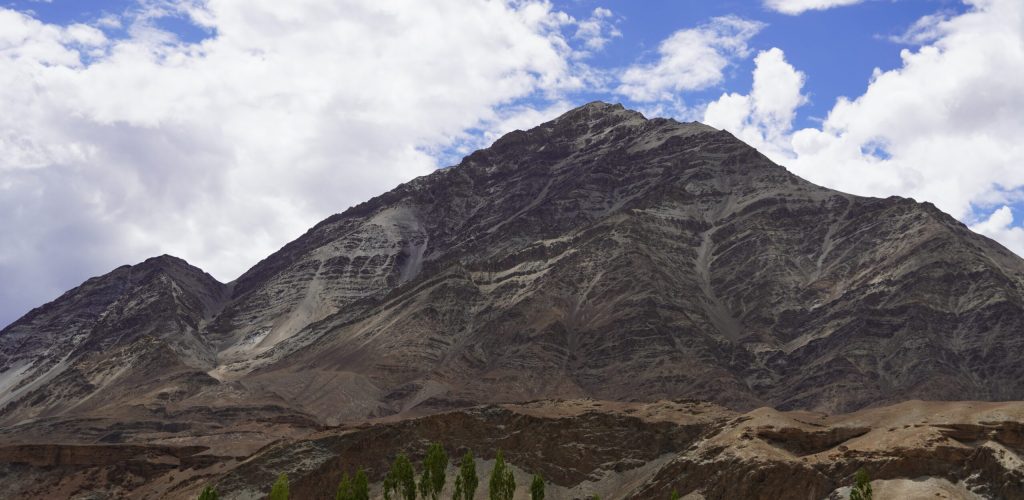
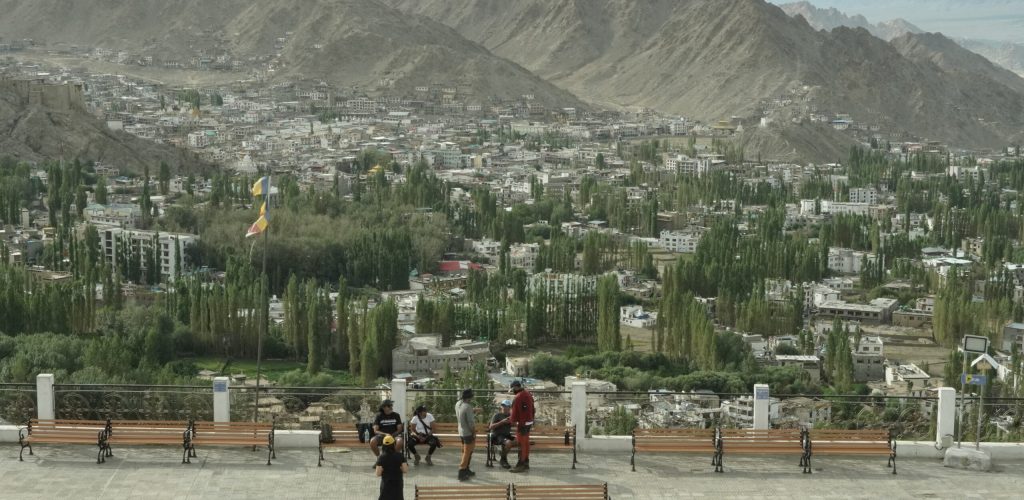
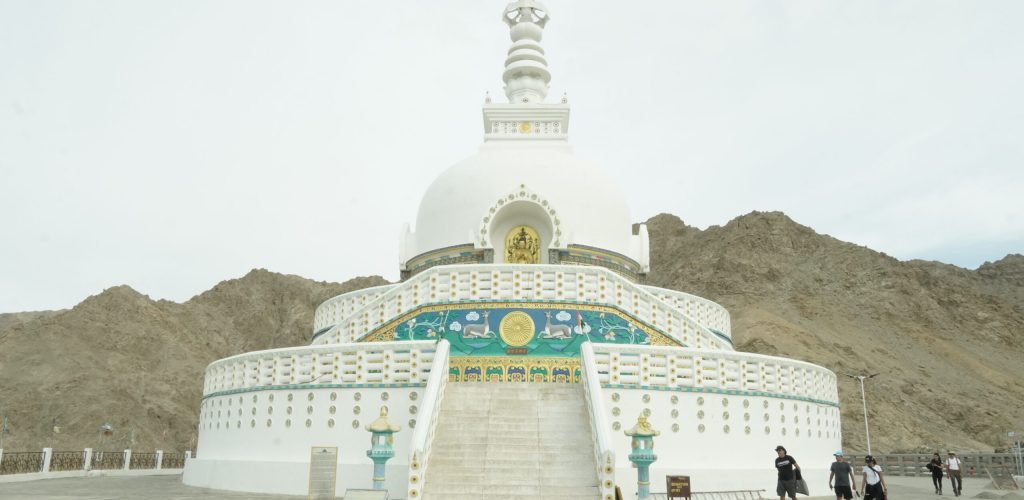
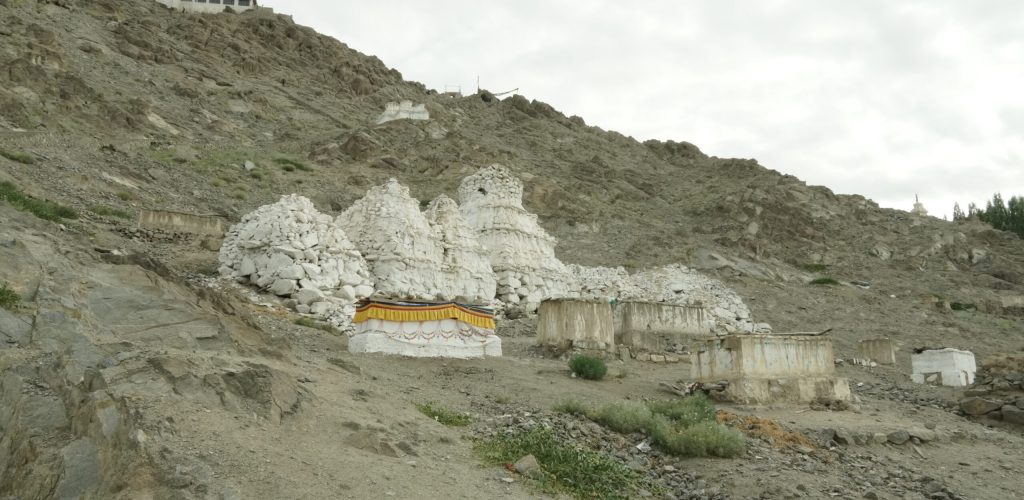
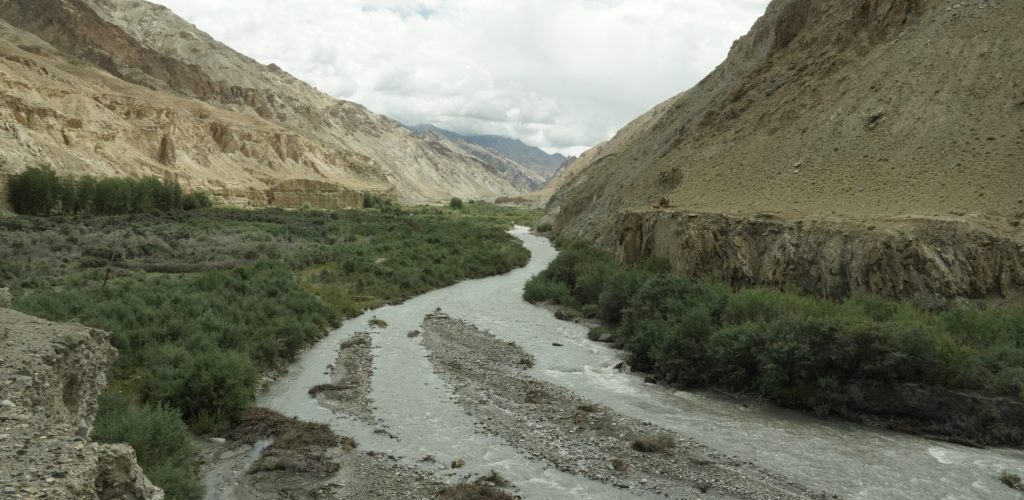
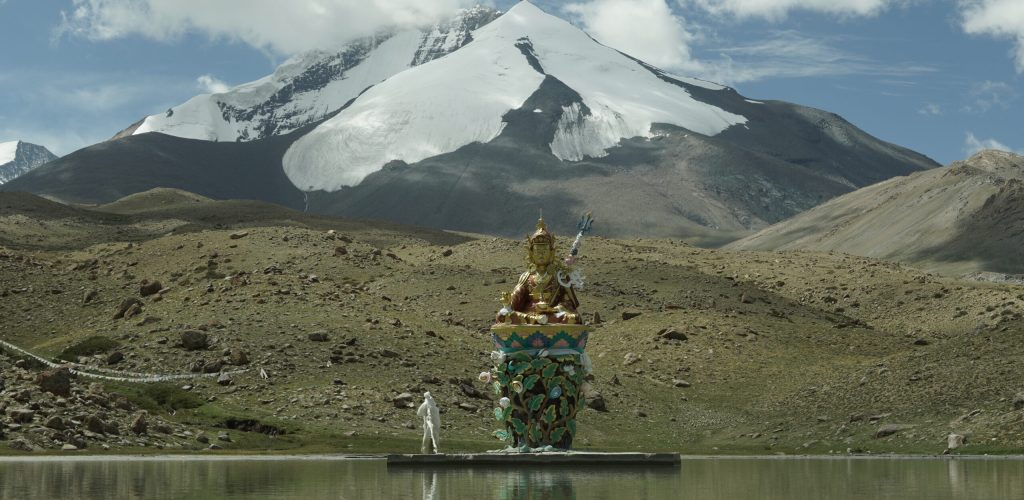
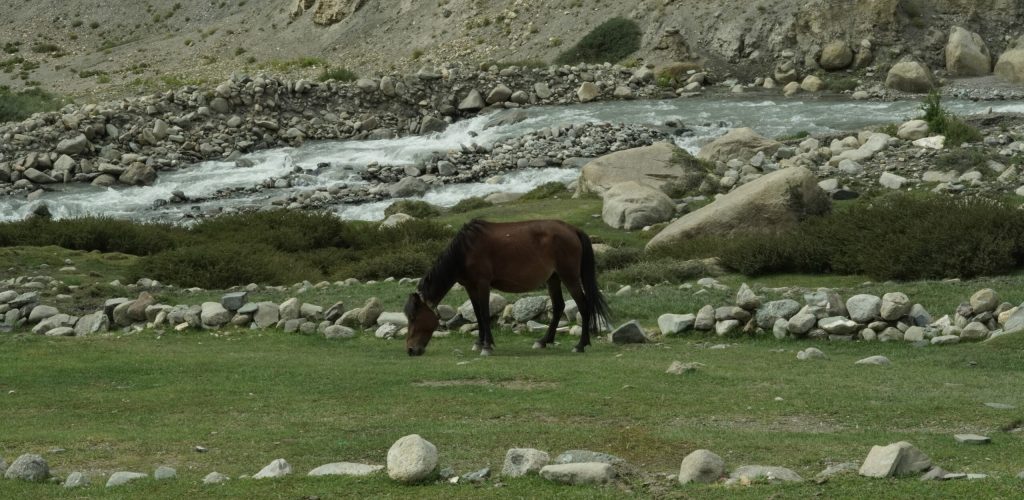
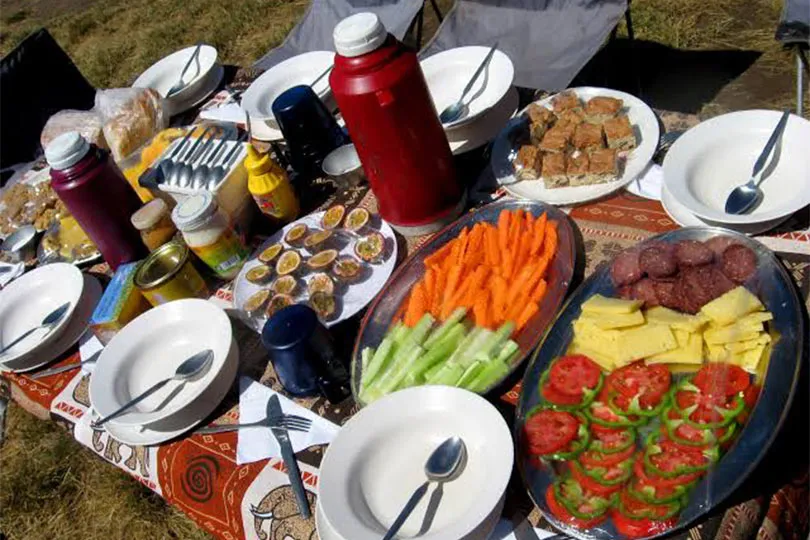
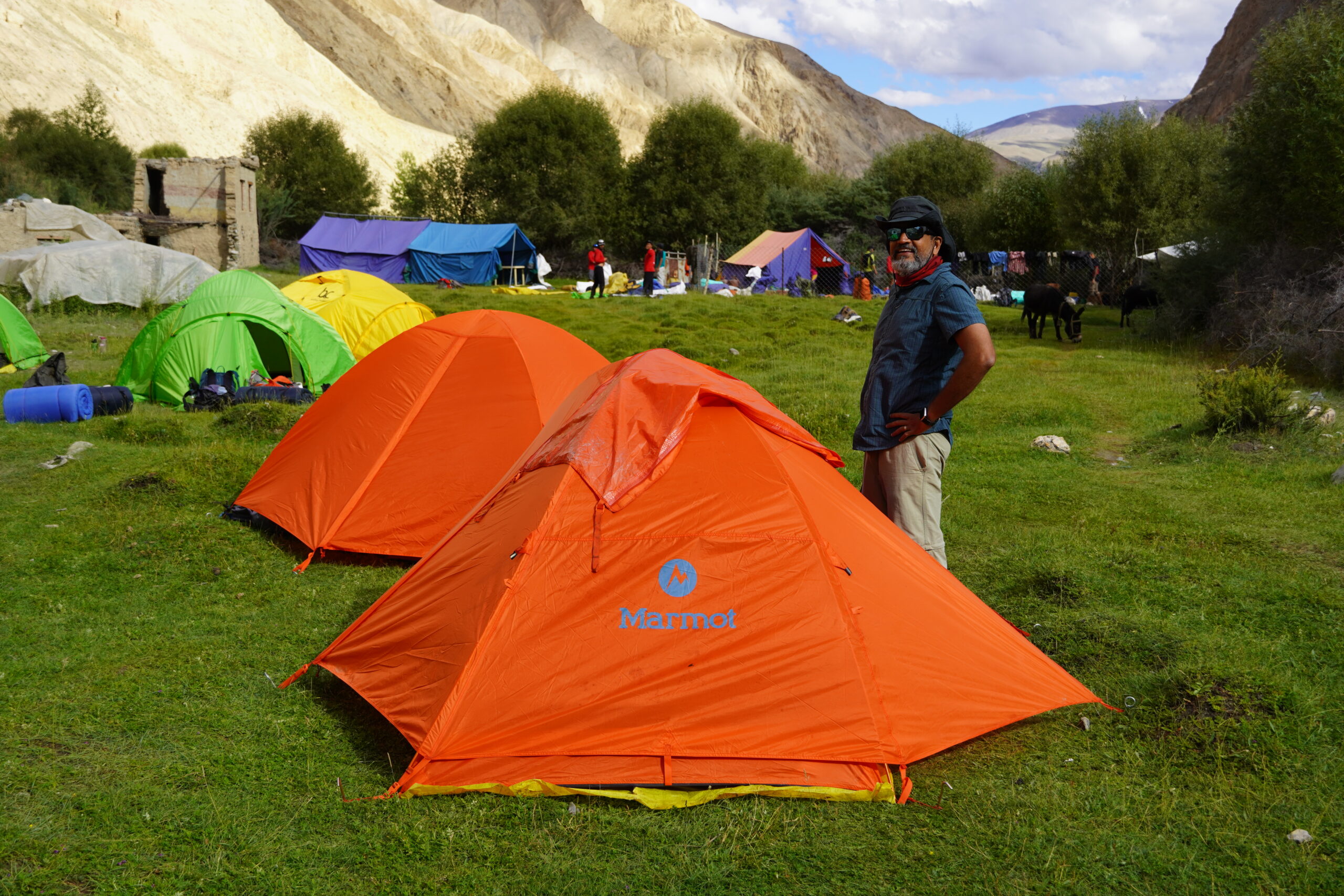
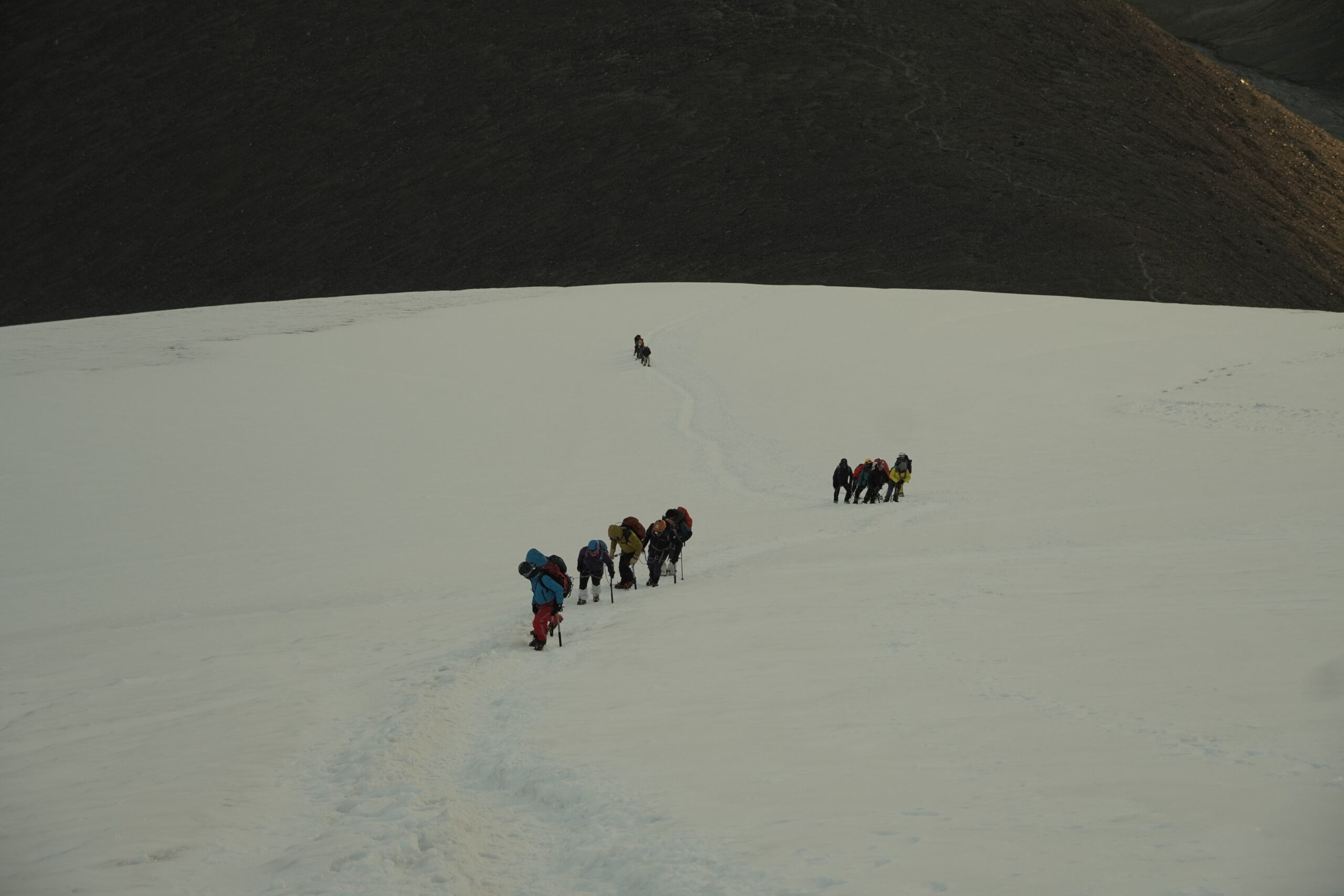
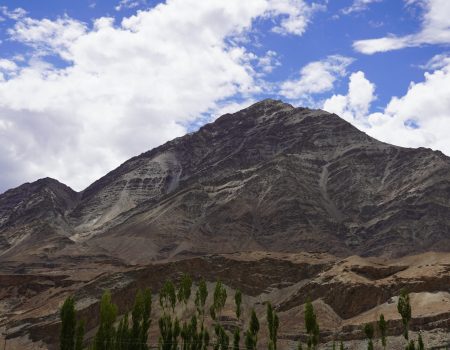
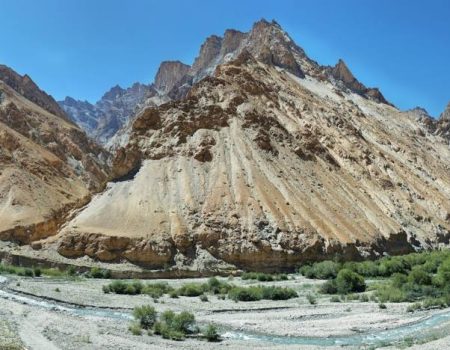
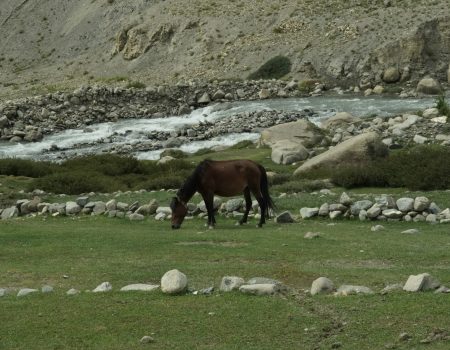
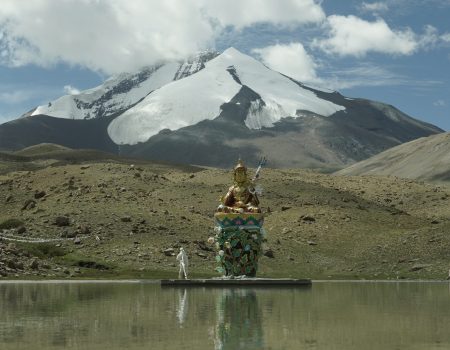
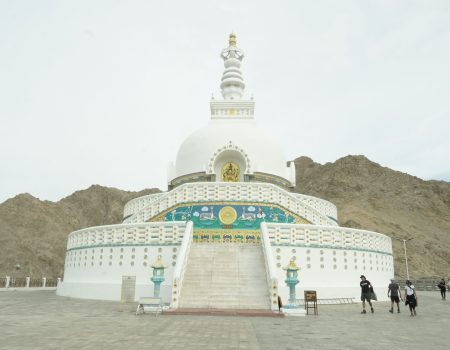
Upper Body:
Lower Body:
For additional advice and coordination, join our WhatsApp group, where we will provide support throughout your preparation!

Upper Body:
Lower Body:
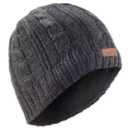



For additional advice and coordination, join our WhatsApp group, where we will provide support throughout your preparation!
At Adventure Central, the safety and well-being of our trekkers is our utmost priority, especially for challenging adventures like the Everest Base Camp Trek. We have implemented comprehensive safety measures to ensure a secure and enjoyable experience for all participants:
By implementing these safety measures, Adventure Central is committed to providing a safe, responsible, and unforgettable trekking experience to this trek.
Discover similar treks from Boots & Crampons that quench your thirst for adventure.
We understand your pain when you have to cancel a trip for unforeseen reasons. To address this, while considering our advance arrangements, we’ve set up fair and reasonable cancellation guidelines. If you inform us about it:
A) More than 30 Days Prior to Start:
-Option for a 100% credit towards a future expedition.
-Alternatively, a 90% refund is available.
B) Between 30 to 10 Days Prior to Start:
-Eligible for a 50% refund of the total cost.
-Option to carry forward 75% of the payment towards a future expedition.
C) Less than 10 Days Prior to Start:
-A 10% refund is available under this notice period.
-Alternatively, 25% of the payment can be applied to a future expedition.
Yes, prior experience in high-altitude trekking or climbing, particularly on peaks over 5000 meters, is strongly recommended. This experience helps climbers acclimate to altitude and understand the physical and technical demands of the expedition.
Personal gear, including climbing equipment, proper clothing, and a sleeping bag, must be brought by climbers. We take care of all the other arrangements and common/camping equipment.
Climbing & Trekking Equipment like poles and gloves can be rented, but personal gear like jacket and boots are recommended for comfort and fit.
Appropriate clothing includes a base layer for moisture management, an insulation layer for warmth, and a waterproof and windproof outer layer. Additional accessories like gloves, hats, and thermal socks are essential for protection against the cold. Check out the “things to pack” section above for a complete list.
Accommodations include hotel in Kathmandu, teahouses during the trek through villages like Namche Bazaar, and camping in tents during the climb from the base camp.
Meals are included in the package and are served at teahouses or camps. The food ranges from local Nepalese dishes to more familiar Western-style meals, catering to various dietary preferences.
Clean drinking water is usually available throughout the trek. It’s often provided by the lodges or can be obtained from natural sources and treated with purification tablets or boiling.
Basic facilities are available at campsites, including dry pit toilets or portable toilets, depending on the location.
Mobile network and internet access are limited or non-existent in the region, with emergency communication usually via satellite phone.
Charging facilities are limited on the trek, so it’s advisable to bring extra batteries or portable solar chargers.
A high level of physical fitness is recommended. Participants should be able to hike for several hours a day in steep, high-altitude terrain. Pre-trip fitness training is advised to enhance endurance and strength.
It is highly recommended that climber come with a comprehensive travel insurance that covers high-altitude trekking, medical expenses, and emergency evacuation. It’s important to ensure that the policy covers the specific altitude of Ama Dablam.
The itinerary typically includes acclimatization days to adapt to higher altitudes. Guides are trained to recognize and manage altitude sickness symptoms, and descent is the immediate course of action if symptoms become severe.
Basic medical facilities and support are available at various points along the route. Guides often carry first aid kits, and larger groups may have a designated medical professional.
Expeditions are equipped with emergency evacuation plans, which may involve descent to a lower altitude, helicopter evacuation, or transport to a medical facility, depending on the severity and nature of the emergency.
Safety measures include experienced guides, use of proper equipment, adherence to established routes, and regular weather and condition assessments. Risk management protocols are strictly followed to ensure climber safety.
Climbers should be proficient in basic mountaineering skills, such as using crampons and ropes, navigating crevasses, and understanding glacier travel. These skills are crucial for safe climbing and dealing with the technical sections of the ascent.
Yes, qualified and experienced guides and instructors accompany climbers. They provide assistance with technical skills, route finding, and safety management, ensuring climbers are well-supported throughout the expedition.
During climbing seasons (spring and autumn), the weather is generally stable with less precipitation and clearer skies. However, weather in the Himalayas can be unpredictable, and climbers should be prepared for sudden changes.
Bathing is generally not recommended during the trek.
Weather plays a critical role in climbing conditions. Good weather can mean safer and more enjoyable climbs, while bad weather can lead to hazardous conditions, route changes, or delays.
We have a buffer day in our itinerary to accommodate bad weather or other unforeseen conditions. It is used to ensure the safety and success of the summit attempt.
If a climber cannot continue, the standard procedure involves safely descending with the assistance of guides. The well-being of the individual is prioritized, and decisions are made based on the severity of their condition.
We understand your pain when you have to cancel a trip for unforeseen reasons. To address this, while considering our advance arrangements, we’ve set up fair and reasonable cancellation guidelines. If you inform us about it:
-Option for a 100% credit towards a future expedition.
-Alternatively, a 90% refund is available.
-Eligible for a 50% refund of the total cost.
-Option to carry forward 75% of the payment towards a future expedition.
-A 10% refund is available under this notice period.
-Alternatively, 25% of the payment can be applied to a future expedition.
Fill your full details in the form below. We will get back to you as soon as possible.